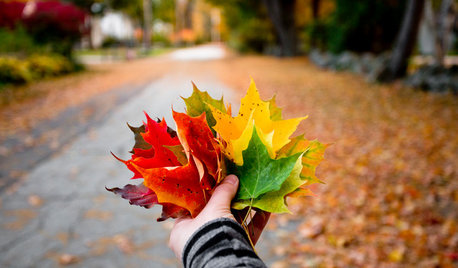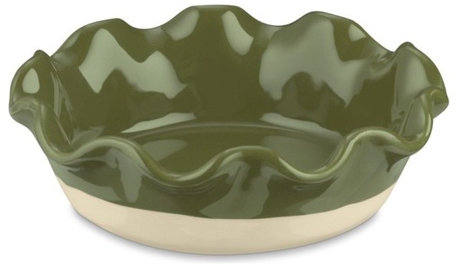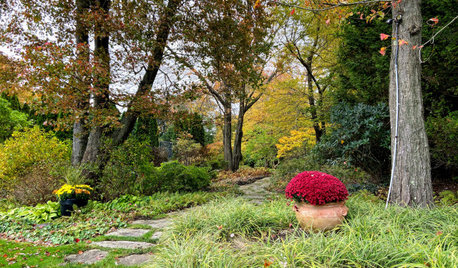Leaf Roll in PJM's
mfoxjackson
14 years ago
Related Stories

TRAVEL BY DESIGNHouzz TV: Take a Leaf-Peeping Road Trip in New England
Ride along with a Houzz contributing photographer to see gorgeous autumn eye candy from New York to New Hampshire
Full Story
HOME OFFICESQuiet, Please! How to Cut Noise Pollution at Home
Leaf blowers, trucks or noisy neighbors driving you berserk? These sound-reduction strategies can help you hush things up
Full Story
GARDENING GUIDESAttract Hummingbirds and Bees With These Beautiful Summer Flowers
Roll out a welcome mat for pollinators to keep your landscape in balance and thriving
Full Story
HOUZZ TOURSMy Houzz: DIY Efforts Reward a Berkeley Family
California parents-to-be roll up their sleeves to transform the landscape and spruce up the interior of their Cliff May home
Full Story
LIFEHow to Prep Your Home for Summer Fun
Create a relaxed, beach-ready vibe with these ideas that let good times roll
Full Story
PRODUCT PICKSGuest Picks: Freestanding Kitchen Storage and Prep Spaces
Get on a roll organizing your kitchen with movable islands, carts and racks
Full Story
Guest Picks: 5 Fresh Looks for Your Thanksgiving Table
Update your current dishes with colorful accessories that break from the norm
Full Story
PRODUCT PICKSGuest Picks: Baking and Decorating Goodies for Fall Treats
Cutters, pans, sprinkles and other kitchen supplies to make your fall baked goods look as yummy as they taste
Full Story
GARDENING GUIDES4 Elements of a Stunning Fall Garden
Late summer is a good time to look beyond trees to create an autumn landscape that draws the eye and stirs the soul
Full Story






rhizo_1 (North AL) zone 7
rhodyman
Related Professionals
Londonderry Landscape Architects & Landscape Designers · Cary Landscape Architects & Landscape Designers · Rancho Palos Verdes Landscape Architects & Landscape Designers · Severn Landscape Architects & Landscape Designers · Southfield Landscape Architects & Landscape Designers · Wakefield Landscape Contractors · Barrington Landscape Contractors · Cary Landscape Contractors · Little Ferry Landscape Contractors · Richmond Landscape Contractors · Salmon Creek Landscape Contractors · Seven Hills Landscape Contractors · Shaker Heights Landscape Contractors · South Lake Tahoe Landscape Contractors · West Chester Landscape Contractors